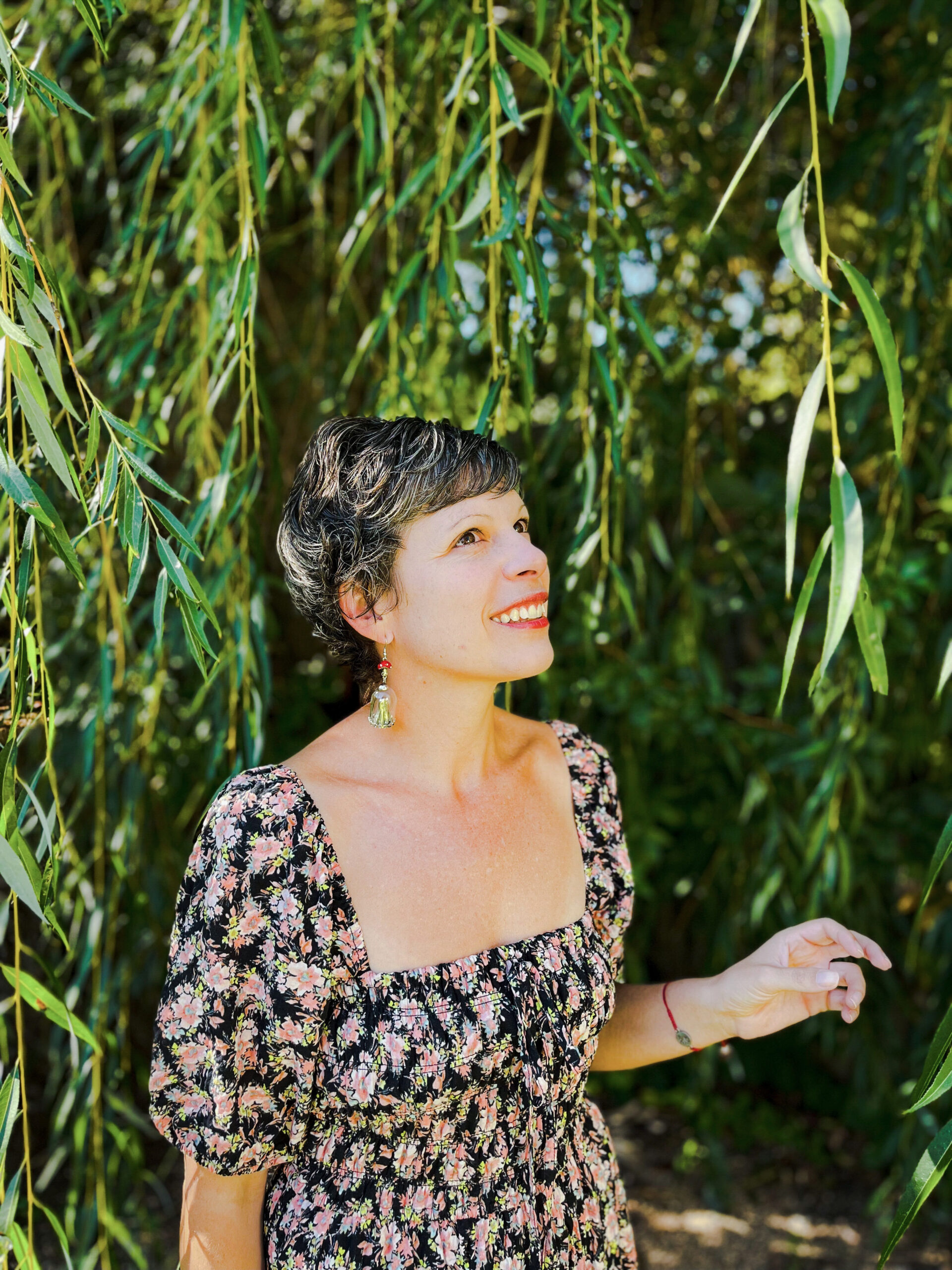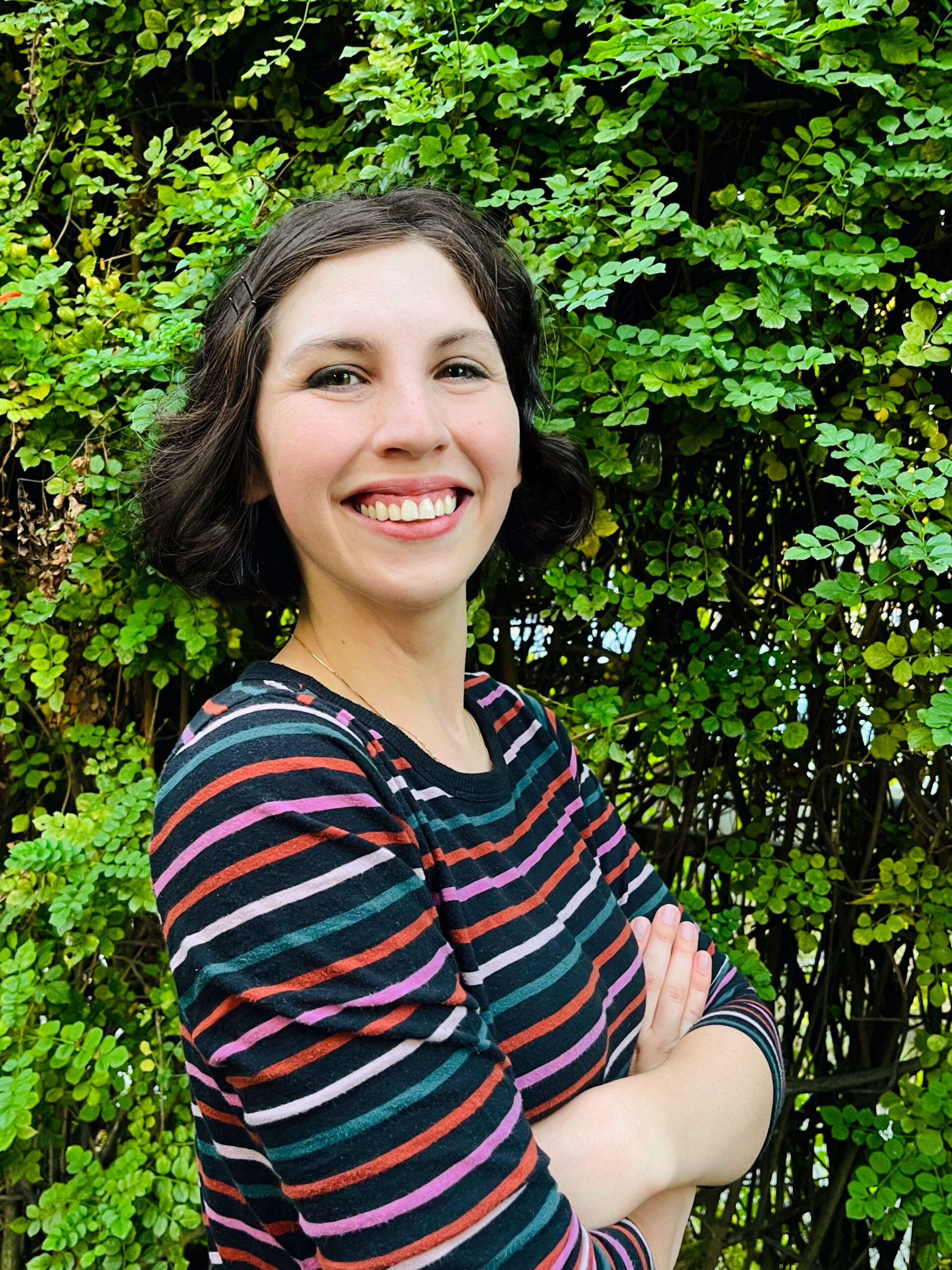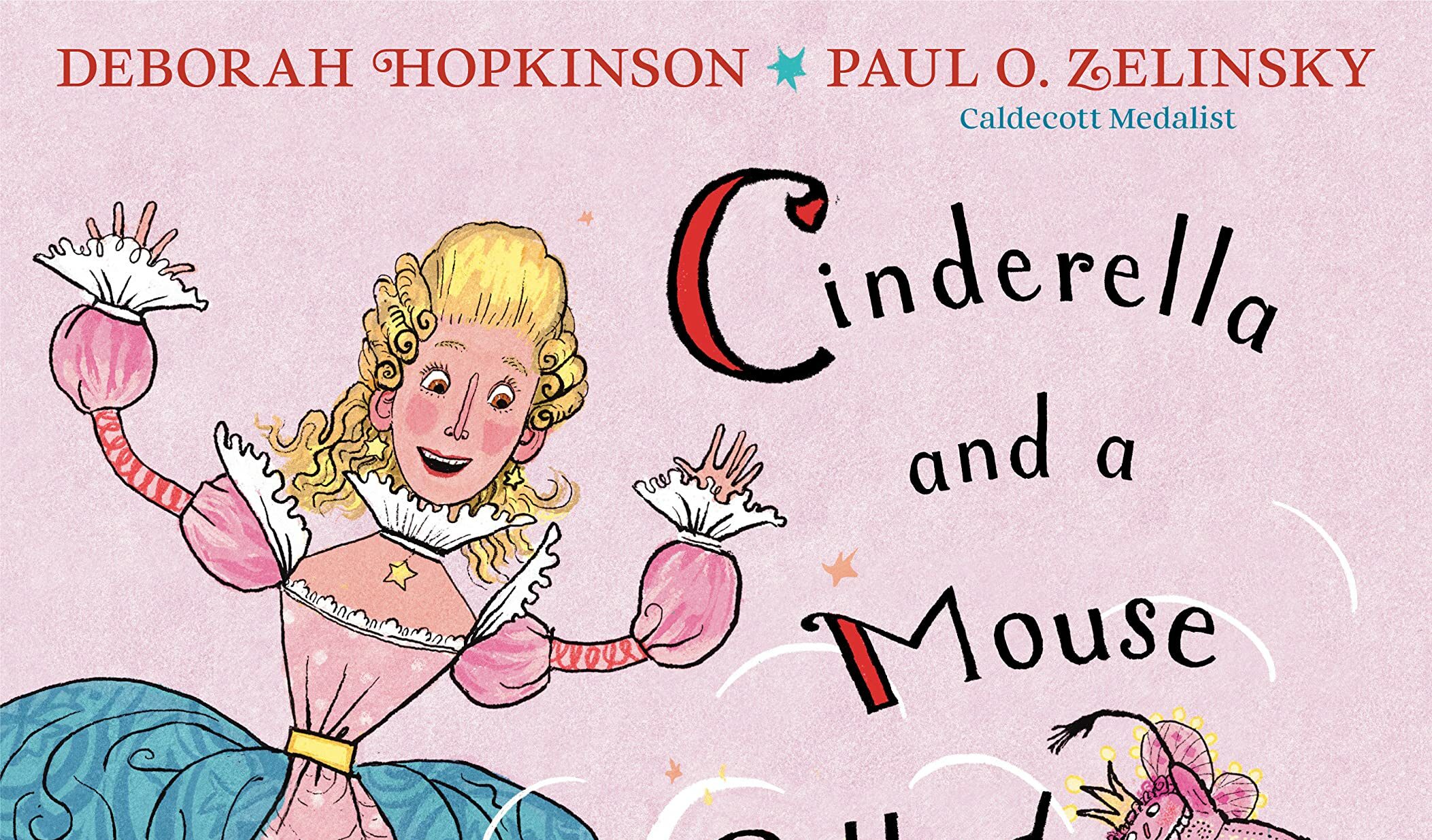
by Michele Kirichanskaya | Jun 19, 2024 | Blog
R. M. Romero is a Jewish Latina and author of fairy tales for children and adults. She lives in Miami Beach with her cat, Henry VIII, and spends her summers helping to maintain Jewish cemeteries in Poland. You can visit her online at RMRomero.com or on Instagram...

by Michele Kirichanskaya | Nov 22, 2023 | Blog
Emma Steinkellner is an illustrator, writer, and cartoonist living in Los Angeles. She is a graduate of Stanford University and the illustrator of the Eisner-nominated comic Quince. She is the author and illustrator of The Okay Witch graphic novel series. First of...

by Michele Kirichanskaya | Aug 11, 2023 | Blog
Deborah Hopkinson is the author of many highly acclaimed picture books, including A Letter to My Teacher, which received two starred reviews, and the modern classic Sweet Clara and the Freedom Quilt, which the New York Times called “inspiring.” Her other...




